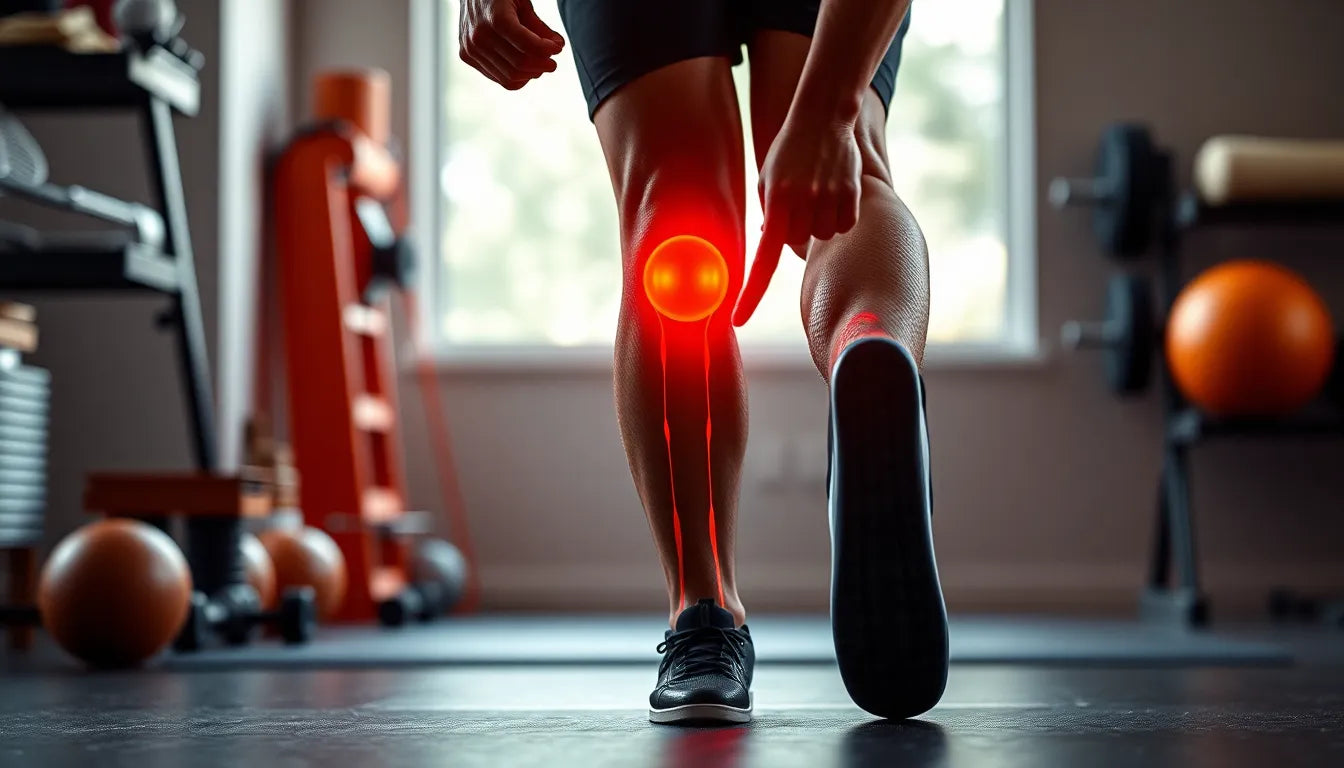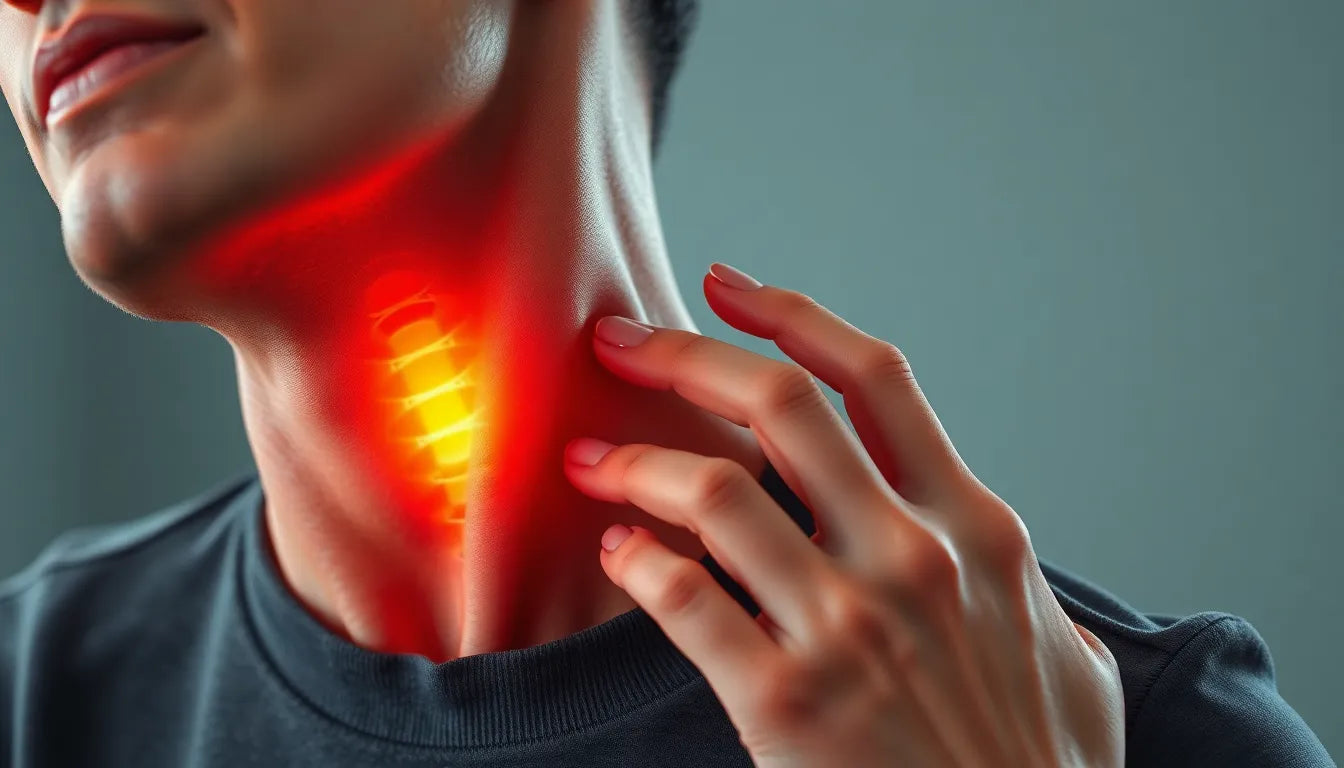Experiencing lower back pain when standing is a common issue that affects countless individuals across various walks of life. Whether you're an office worker spending hours on your feet or a manual laborer constantly on the move, this type of pain can significantly impact your daily activities, work productivity, and overall quality of life. It’s a discomfort that many have come to know, yet few truly understand.
Understanding the prevalence of lower back pain
Lower back pain, particularly when standing, is not just a minor inconvenience. It is a prevalent issue that spans across different demographics, affecting everyone from young professionals to older adults. This widespread problem raises an important question: Why does standing trigger back pain for so many people? The answers are as varied as the individuals who experience the pain, but common threads often include issues like poor posture and underlying medical conditions.
Purpose of exploring lower back pain causes
The aim of this post is to delve into the causes, symptoms, and solutions for lower back pain experienced while standing. By understanding the root causes, individuals can take proactive steps to improve their well-being and functionality. Addressing these issues not only alleviates pain but also enhances quality of life by allowing people to engage more fully in their daily activities without the constant hindrance of discomfort.
As we explore the intricacies of lower back pain, it's crucial to recognize the importance of identifying and addressing these underlying issues. Whether the pain stems from a herniated disc, poor posture, or another cause, understanding the specific factors at play is the first step toward finding effective relief. In the following sections, we will provide a comprehensive guide to the causes and symptoms of lower back pain, as well as practical techniques for pain relief and prevention.
Stay tuned as we uncover the solutions that can help you stand tall and pain-free, enabling you to reclaim your day-to-day activities with confidence and ease.
causes of lower back pain when standing
Lower back pain when standing can stem from a variety of causes, each contributing to the discomfort in distinct ways. One of the primary culprits is diskusprolaps, or herniated discs. This condition occurs when the soft center of a spinal disc pushes through a crack in the tougher exterior casing. It can lead to severe pain, often accompanied by radiating pain and neurological symptoms such as numbness or weakness. The seriousness of a herniated disc cannot be understated, and it often requires a medical evaluation to determine the best course of treatment.
Poor posture is another significant cause of lower back pain during standing. Many individuals unknowingly adopt improper posture, such as leaning too far back on their heels, which can lead to muscle fatigue and strain. This poor weight distribution places undue stress on the lower back muscles, exacerbating pain. Visual aids like diagrams or images can be immensely helpful in illustrating common postural mistakes, allowing individuals to self-correct and reduce pain.

Lumbar support belt
Provides lower back support and relief, perfect for those with pain from standing, herniated discs, or tension.
symptoms to watch for
Recognizing the symptoms of lower back pain when standing is crucial for early intervention and relief. Common symptoms include a deep, aching pain that may radiate to the hips and buttocks. This pain often intensifies when standing for extended periods, making it challenging to maintain a standing position. In severe cases, individuals may experience difficulty in movement, and their walking ability may be impaired. These symptoms highlight the need to address the underlying causes promptly to prevent further complications.
practical techniques for pain relief
Fortunately, there are several practical techniques that can help alleviate lower back pain when standing. One effective method is weight shifting. By alternating weight between your feet, you can reduce the strain on your lower back muscles. Incorporating small movements and keeping your knees slightly bent can also help distribute weight more evenly and ease discomfort.
Another crucial aspect of managing lower back pain is making ergonomic adjustments in your environment. Ergonomic aids, such as supportive footwear or anti-fatigue mats, can significantly minimize pain by providing better support and cushioning. Adjusting your workspace to promote good posture and reduce strain is equally important. Simple changes, like ensuring your computer monitor is at eye level and your chair supports your lower back, can make a substantial difference in your comfort and productivity.
preventive measures and lifestyle adjustments for lower back pain
Preventing lower back pain when standing involves a combination of exercise, awareness, and sometimes treatment. Engaging in regular exercise and stretching is crucial for strengthening core muscles and improving flexibility, which can help support the lower back. Specific exercises, such as planks, bridges, and gentle yoga stretches, are particularly effective. Consider incorporating a simple routine into your daily activities to maintain muscle health and prevent strain.

Men's Posture Shirt™ - Black
Patented shirt that helps improve posture, stimulate muscles, and relieve back pain during daily activities or standing.
Understanding and practicing proper body mechanics is equally important. Being mindful of your posture and how you move throughout the day can significantly reduce the risk of pain. Make it a habit to take regular breaks from standing, perform posture checks, and adjust your position to ensure even weight distribution. These small adjustments can make a big difference in your comfort and overall spinal health.
treatment options for lower back pain
When it comes to treating lower back pain, there are several conservative treatments to consider as initial steps. Rest, combined with ice or heat therapy, can provide immediate relief. Over-the-counter pain relief medications may also be beneficial in managing discomfort. Additionally, physiotherapy and massage can play a significant role in alleviating pain and promoting recovery by addressing muscle tension and improving mobility.
For those experiencing chronic or severe pain, more advanced treatments might be necessary. Seeking a medical evaluation is crucial for determining the underlying cause and appropriate interventions, which could include options like steroid injections or other medical procedures. It's important to consult with healthcare professionals to explore these options based on individual needs and conditions.
frequently asked questions
Why do I get lower back pain when I stand for a long time?
Lower back pain when standing for extended periods is often due to muscle fatigue, poor posture, or underlying conditions such as herniated discs. These factors can cause strain on the lower back muscles, leading to discomfort and pain.
How can I alleviate lower back pain while standing at work?
To alleviate lower back pain at work, consider making ergonomic adjustments such as using a supportive chair, ensuring your workspace promotes good posture, and utilizing anti-fatigue mats. Additionally, incorporate regular posture checks and movement into your routine to reduce strain.
When should I see a doctor for my lower back pain?
It's advisable to seek medical attention if your lower back pain persists, worsens, or is accompanied by neurological symptoms like numbness, tingling, or weakness. A healthcare professional can provide a proper diagnosis and recommend appropriate treatment options.
Are there specific exercises that can help prevent lower back pain?
Yes, exercises that strengthen the core and improve flexibility can help prevent lower back pain. Consider incorporating exercises like planks, bridges, and gentle stretches into your routine. These exercises support the spine and reduce the risk of strain.
By understanding the causes and solutions for lower back pain when standing, you can take proactive steps to alleviate discomfort and improve your quality of life. Whether through preventive measures, lifestyle adjustments, or seeking professional treatment, addressing these issues can lead to significant relief and better overall well-being.


















